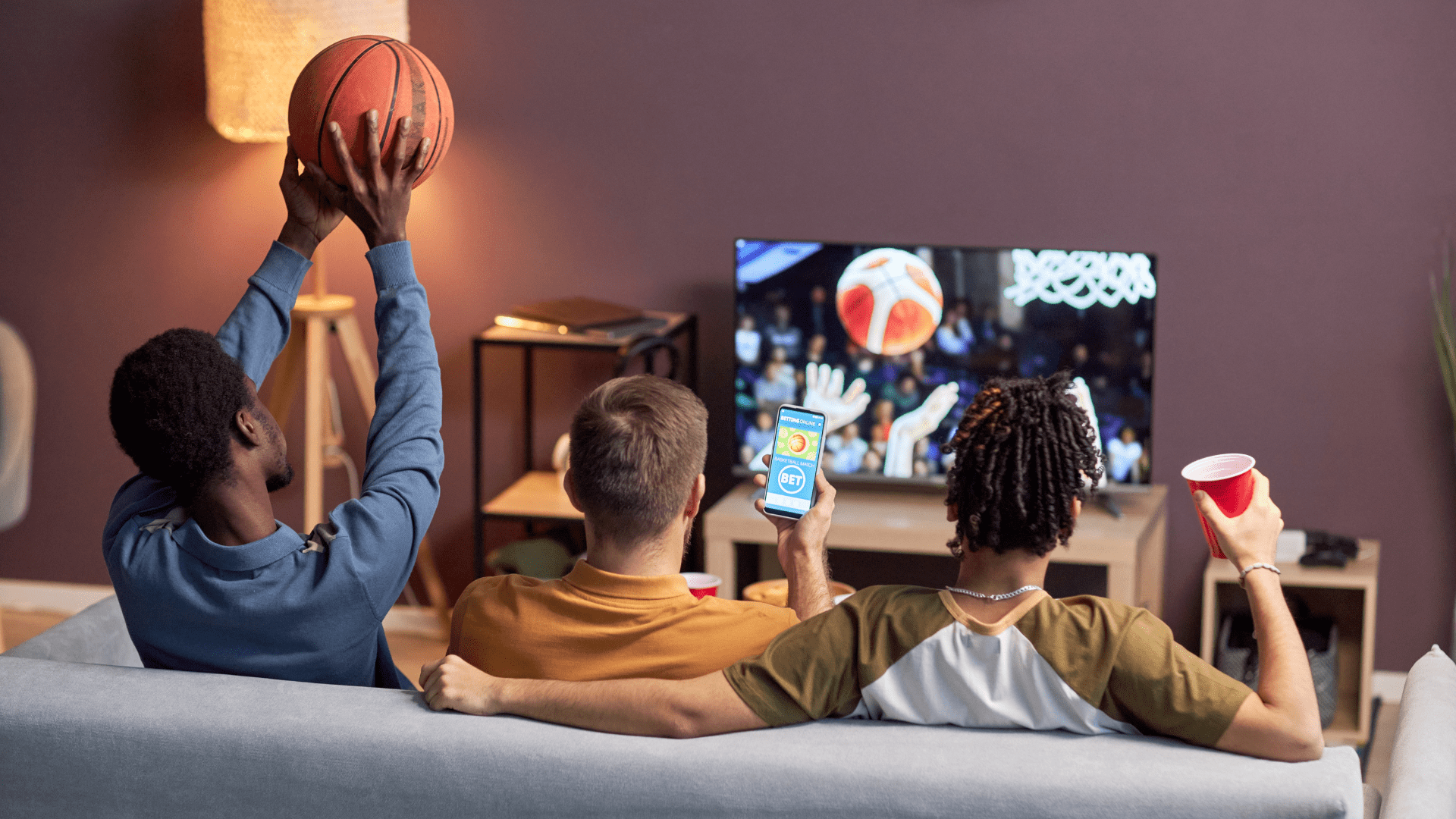The 2023 NBA Finals witnessed the Denver Nuggets earning their first championship title after 47 seasons in the NBA. Denver’s Nikola Jokić became the lowest drafted (41st pick in 2014) player to be awarded the Finals MVP title, and the 2023 showdown was the second in history to feature a No. 8 seed.
This year’s five-game series, which pitted the Miami Heat against the Denver Nuggets between June 1 and June 12, was historic in another aspect: streaming platforms attracted more than twice as many plays and unique viewers than they did the previous year.
Global NPAW customer data reveals that this year’s finals saw more than a two-fold increase in both plays (+237%) and unique viewers (+253%) compared to 2022, with the total playtime increasing by 82%. As the third major sporting event to break streaming records that week, the Finals confirmed the sports audience’s progressive shift towards streaming platforms and away from traditional broadcasts.
Streaming consumption also increased during the 2023 Finals compared to the average for the previous three months, highlighting the power of live sports content. Plays increased by 31% compared to the previous three months, while playtime surged by 65% and 10% more unique users tuned in.
However, the average playtime per user experienced a 19% decline versus 2022, which could be attributed to factors such as the Finals’ concurrence with other significant sporting events. The Champions League final, Roland Garros, Formula 1, and Moto GP could all have potentially impacted the average playtime per user for the Finals, as fans might have divided their attention among competitions or opted to watch multiple events simultaneously.
The final match of the 2023 Finals wasn’t the most viewed of all; instead, the fourth game stood out with nearly double the number of plays compared to the average of the other four games. Despite its notable viewership, the audience spent less time watching this game than the average time dedicated to the remaining games. Game 5 boasted the highest engagement, with a remarkable 43% increase in both average playtime and average playtime per user.
TVs maintained a dominant position with a 40% share of total playtime, indicating that a significant portion of viewers still prefers the traditional experience of watching live sporting events on big screens. Meanwhile, smartphones accounted for nearly a quarter of total playtime at 22%, emphasizing their appeal in terms of convenience and portability.
The data underscores the popularity of TVs for watching live sports while also highlighting the importance of smartphones as an alternative, multitasking device. This reiterates the necessity for providers to ensure high-quality viewing experiences across various device options for their audiences.

